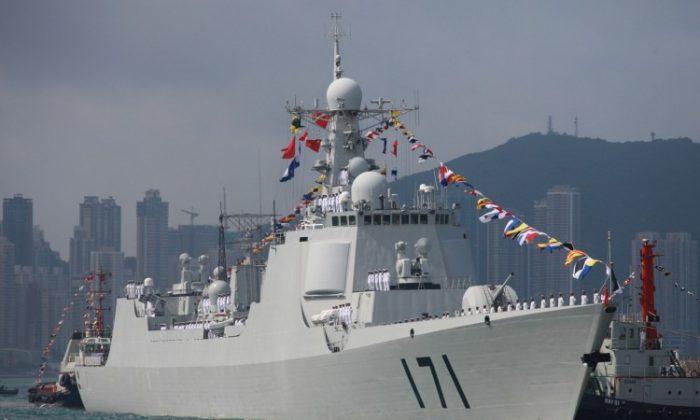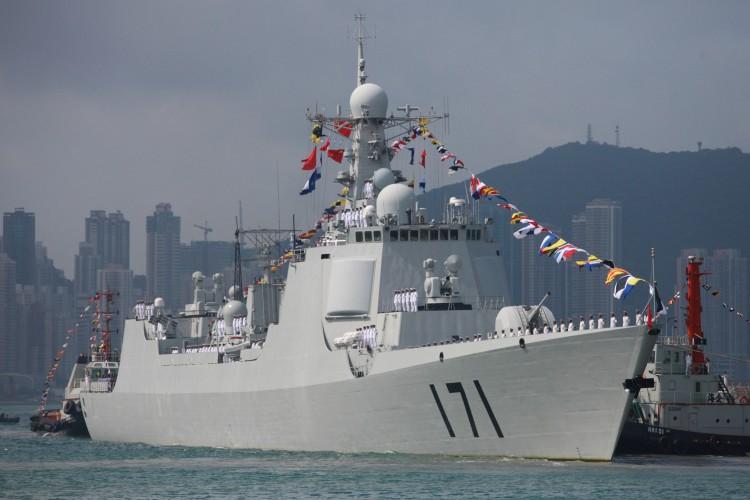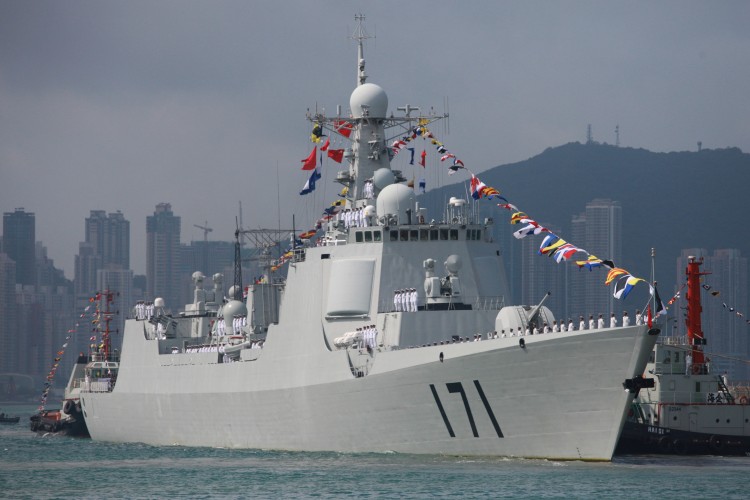A Chinese ship trained its missile-guiding radar at a Japanese vessel recently, prompting the Japanese government to lodge a protest with Beijing, according to a report on Tuesday.
Itsunori Onodera, the Japanese maritime self-defense commander, told Japanese public broadcaster NHK that the incident took place in the East China Sea, located near the contentious Senkaku Islands, on Jan. 30.
Defense analysts said it was the first time that Chinese vessels directed this kind of radar against a Japanese Maritime Self-Defense Force ship.
“Using this kind of radar, known as weapons radar, is an extremely unusual act; the Japanese government believes that the situation could have become extremely dangerous,” Onodera was quoted by NHK as saying. One Japanese defense official told the Kyodo news agency that the radar was trained on Japanese vessels “for minutes.”
Onodera said that on Jan. 19, a Chinese warship directed its radar at a helicopter belonging to Japan, but did not fire a missile.
“One mistake, and the situation would become very dangerous,” Onodera said, according to the AFP news agency. He added, “We will seek the Chinese side’s self-restraint from taking such dangerous action.”
The Japanese Foreign Ministry has lodged a protest with China through diplomatic channels in Tokyo and in Beijing.
Diplomatic relations between Japan and China have soured over the past year, as both countries claim the miniscule and uninhabited Senkaku Islands, known as Diaoyu in Chinese, which are located near deposits of gas, minerals, fishing grounds, and shipping routes.
Tensions reached a boiling point when Japan purchased the remaining islands last September, prompting sometimes violent anti-Japanese protests in China that appeared to be whipped up by the regime.
Chinese military vessels have repeatedly entered and exited the waters around the Senkaku Islands. But two Chinese maritime surveillance vessels spent more than 14 hours in the area around the Senkakus when the incident on Jan. 30 took place—one of the longest times since the row began, Japan’s coast guard said, according to AFP.
Japan also deployed fighter jets after a Chinese plane flew over the area that Tokyo said was violation of its airspace. In that incident and in the incident on Jan. 30, Chinese forces did not fire.
On Jan. 11, Chinese Communist Party mouthpiece The People’s Daily released a series of photos of Chinese warships in the East China Sea. They were carrying out live-fire exercises.






